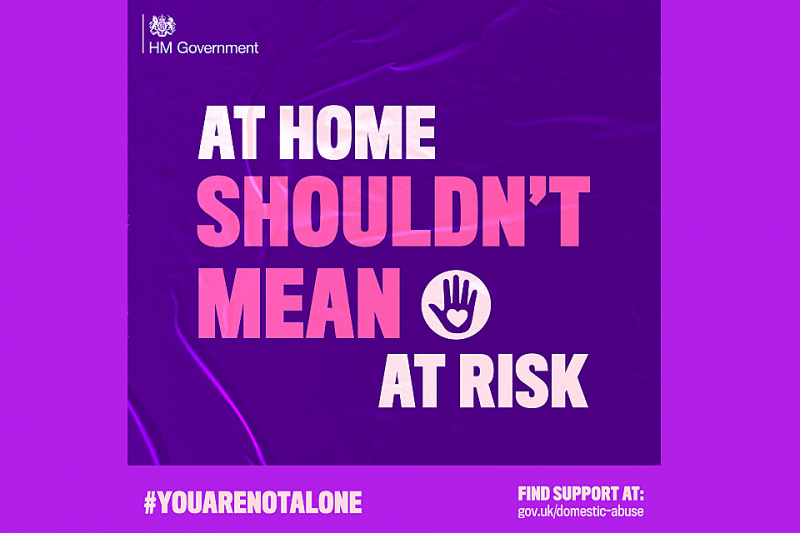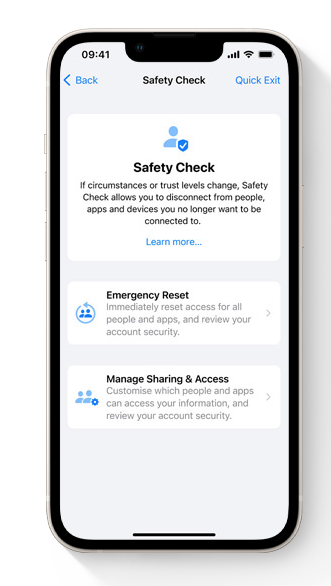The Domestic Abuse Act 2021 received Royal Assent on 29 April 2021. The Act introduces the first ever statutory definition of domestic abuse and recognises the impact of domestic abuse on children, as victims in their own right, if they see, hear or experience the effects of abuse. The statutory definition of domestic abuse, based on the previous cross-government definition, ensures that different types of relationships are captured, including ex-partners and family members. The definition captures a range of different abusive behaviours, including physical, emotional and economic abuse and coercive and controlling behaviour. Under the statutory definition, both the person who is carrying out the behaviour and the person to whom the behaviour is directed towards must be aged 16 or over and they must be “personally connected” (as defined in section 2 of the 2021 Act). Types of domestic abuse include intimate partner violence, abuse by family members, teenage relationship abuse and child to parent abuse.
Anyone can be a victim of domestic abuse, regardless of sexual identity, age, ethnicity, socio-economic status, sexuality or background and domestic abuse can take place inside or outside of the home. The government has issued statutory guidance to provide further information for those working with domestic abuse victims and perpetrators, including the impact on children. All children can witness and be adversely affected by domestic abuse in the context of their home life where domestic abuse occurs between family members.
Experiencing domestic abuse can have a serious, long lasting emotional and psychological impact on children. In some cases, a child may blame themselves for the abuse or may have had to leave the family home as a result. Young people can also experience domestic abuse within their own intimate relationships. This form of child-on-child abuse is sometimes referred to as ‘teenage relationship abuse’. Depending on the age of the young people, this may not be recognised in law under the statutory definition of ‘domestic abuse’ (if one or both parties are under 16). However, as with any child under 18, where there are concerns about safety or welfare, child safeguarding procedures should be followed and both young victims and young perpetrators should be offered support.
Types of Domestic Abuse
Anyone can be a victim of domestic abuse, regardless of sexual identity, age, ethnicity, socio-economic status, sexuality or background and domestic abuse can take place inside or outside of the home. The government has issued statutory guidance to provide further information for those working with domestic abuse victims and perpetrators, including the impact on children. All children can witness and be adversely affected by domestic abuse in the context of their home life where domestic abuse occurs between family members.
Experiencing domestic abuse can have a serious, long lasting emotional and psychological impact on children. In some cases, a child may blame themselves for the abuse or may have had to leave the family home as a result. Young people can also experience domestic abuse within their own intimate relationships. This form of child-on-child abuse is sometimes referred to as ‘teenage relationship abuse’. Depending on the age of the young people, this may not be recognised in law under the statutory definition of ‘domestic abuse’ (if one or both parties are under 16). However, as with any child under 18, where there are concerns about safety or welfare, child safeguarding procedures should be followed and both young victims and young perpetrators should be offered support.
Types of Domestic Abuse
- Psychological/emotional abuse: Includes name-calling, threats and manipulation, blaming you for the abuse or ‘gas-lighting’ you.
- Economic abuse: Controlling your access to money or resources. He might take your wages, stop you working, or put you in debt without your knowledge or consent
- Sexual abuse: Doesn’t have to be physical. He might manipulate, deceive or coerce you into doing things you don’t want to do.
- Coercive control: When an abuser uses a pattern of behaviour over time to exert power and control. It is a criminal offence.
- Physical abuse: Not only hitting. He might restrain you or throw objects. He might pinch or shove you and claim it’s a ‘joke’.
- Tech abuse: He might send abusive texts, demand access to your devices, track you with spyware, or share images of you online.
iPhone Safety Check – new features with the ios16 update: see updates here
Safety Check helps people in domestic or intimate partner violence situations review and reset the access they’ve granted others. Safety Check resets system privacy permissions for apps, and restricts Messages and FaceTime to the device at hand.
Safety Check helps people in domestic or intimate partner violence situations review and reset the access they’ve granted others. Safety Check resets system privacy permissions for apps, and restricts Messages and FaceTime to the device at hand.


